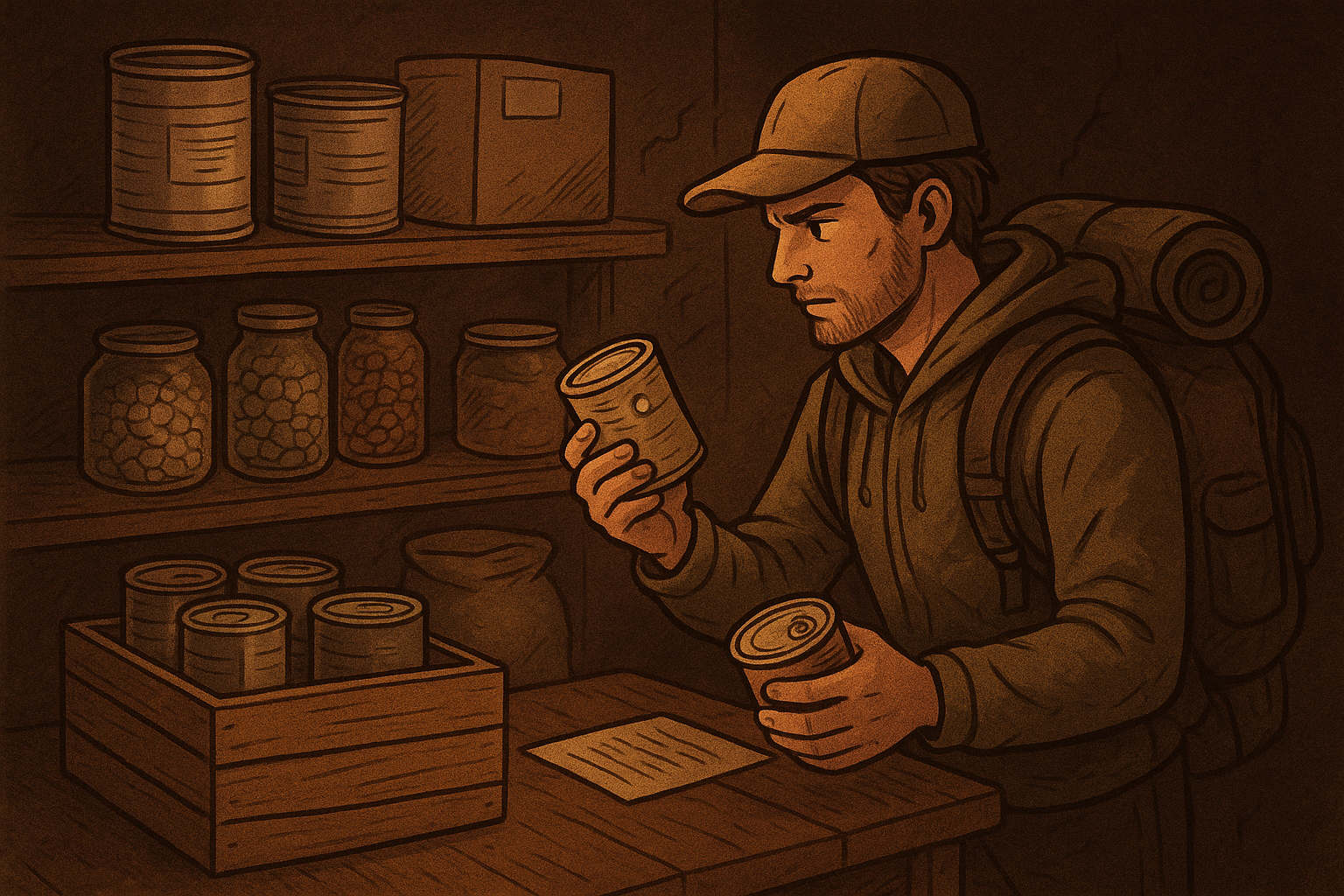Building an emergency food supply is just the beginning — keeping it fresh, safe, and ready is where true preparedness shines. Think of your food storage like a living system — it needs care, attention, and a bit of strategy to ensure that when crisis hits, you’re not opening spoiled cans or stale grains.
🌀 The “First In, First Out” (FIFO) Method
The golden rule of food rotation: use the oldest food first. Label every package with the date of purchase and organize your shelves so that older items are always at the front. This simple trick prevents forgotten cans from expiring in the back of your pantry.
🔁 Monthly or Quarterly Check-Ups
Set a reminder — every few months, inspect your stash. Check for damaged packaging, bulging cans, or moisture in dry goods. Replace anything questionable immediately. It’s much easier to handle small updates than to rebuild your supply after neglect.
🌡️ Keep It Cool, Dark, and Dry
Even the best-packed food can spoil if stored wrong. The perfect environment:
Temperature: around 10–21°C (50–70°F)
Humidity: low and stable
Light: minimal exposure — store away from sunlight
These conditions slow down spoilage and preserve nutrients.
🧂 Rotate by Meal Plans
Make your food rotation part of your everyday meals. Use some of your stored goods regularly, then replace them with fresh ones. This keeps your supply active and helps you stay familiar with what you actually enjoy eating during emergencies.
🧭 Bonus Tip: Keep a Digital Log
A simple spreadsheet or mobile note listing what you have, expiration dates, and replacement times can save you from confusion later. Organization turns chaos into calm — especially when every second counts.

